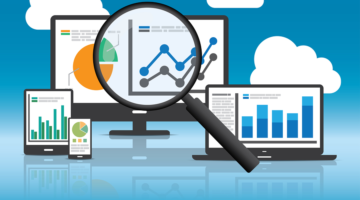Natural gas is on its way to becoming one of the most essential commodities of all. That’s because so many nations are searching for alternatives to petroleum, and natural gas is widely available, easy to use, and an efficient source of clean energy. In a global economy that is increasingly looking for green alternatives, natural gas is the rising star. However, numerous factors affect this vital commodity’s price and availability.
Factors including political unrest, supply, demand, competition from other sources, and government policies are just a few of them. If you’re a trader who wants to improve the effectiveness of your natural gas buys, consider several strategies that experienced investors have been using for decades. In addition to using CFDs (contracts for difference) and keeping a close eye on relevant economic indicators, techniques for trading this critical energy resource include monitoring international politics, studying technical price charts for upcoming movements, using various instruments to acquire NG, and day trading when prices are particularly volatile. Here are a few suggestions to help get you started.
Use CFDs Whenever Possible
When you work with a reputable CFD broker, it’s a win-win situation. Not only do you gain access to a reliable expert who can offer educational materials, but you also get the chance to profit on natural gas without owning the asset itself. CFDs are unique in the fact that they allow traders to predict price moves in either direction, with no commissions, and for virtually any amount of capital they wish to use.
Watch the Indicators
Diligent natural gas investors and trading enthusiasts often turn to six indicators to decide how the commodity’s price is moving. The six are:
- The amount of gas in storage
- Current production levels
- Prices of competing fuels
- Import and export figures for a particular nation
- Domestic economic growth
- Global and regional weather patterns
Monitor Global Conflicts
Whenever one of the world’s major producers is engaged in a military conflict, prices could rise or fall quickly. The Russia – Ukraine conflict is an example of military events affecting gas prices. Currently, the US and Russia are at the top of the production list, with Iran and Canada holding a distant third and fourth place among the world’s top producers.
Study Technical Charts
Like stocks, bonds, and gold, natural gas lends itself to technical analysis. Remember to match time periods of charts with your preferred type of trading. For instance, day traders routinely examine one-minute and 15-minute price behavior, while long-term investors view one-month and annual charts.
Consider Futures, ETFs, Options, and Stocks
In addition to CFDs, you can trade gas with corporate stocks, stock options, ETFs (exchange traded funds), and futures. However, beginners are advised to stick with simpler instruments like CFDs and individual stock shares.
Day Trade During High Volatility
When natural gas price action is especially volatile, some turn to day trading as a temporary measure. Short-term strategies can catch daily price moves as long as you do detailed research and place stops on every position you take. It is important to learn how to trade with a relaxed mindset so that you are better equipped to handle the volatility that is out of your control.





